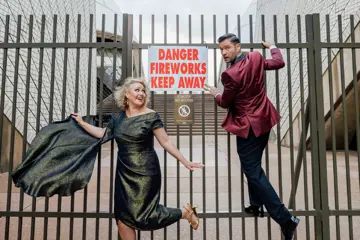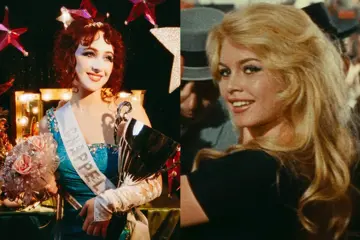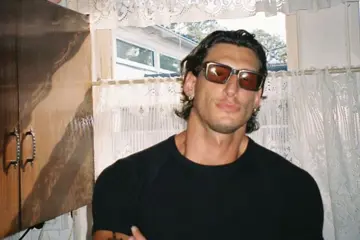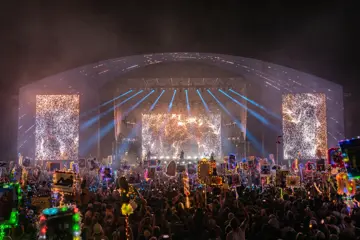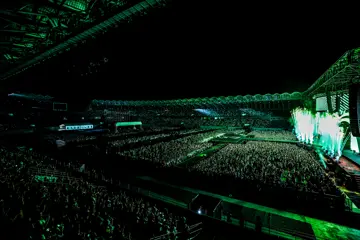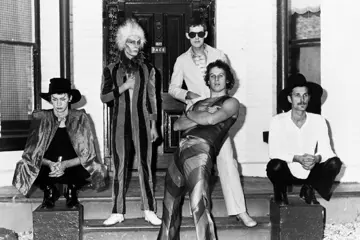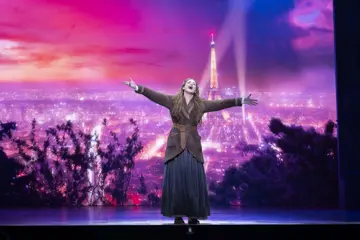"Once you're a screenwriter, it can be a struggle to convince people to take you seriously. They assume that you must've ended up writing because you're not particularly visual,” laments Iranian-born Hossein Amini, who grew up in England and longed to be a filmmaker. It took 20 years of screenwriting – with work ranging from Michael Winterbottom's Jude to Nicolas Winding Refn's Drive – before Amini would finally make his directorial debut with an adaptation of Patricia Highsmith's tourists-in-Greece crime-thriller The Two Faces Of January, which he first read 25 years ago. “I thought as a film student it'd be easy to get it made, that it'd make a good first film, because it's really an intimate story of three people. But it wasn't. And I kept on, over the years, trying – and failing – to get it made.” Wait, he thought making a period movie on location in a foreign country was going to be easy? “I was very naive,” Amini laughs. “Even on the eve of production, I don't think I really knew just how hard it was, even in places like Crete, to find shots that don't reveal the 21st century.”
Amini decided to film freely, taking out offending anachronisms by CGI, an approach at odds with his desire for visual classicism, which came from studying Bernardo Bertolucci's The Sheltering Sky and “every '60s European movie he could find” to get the right visual – and period – tone. “I felt if I used a non-classical shooting style, it could snap the audience out of that time period. There was a Michael Mann film, Public Enemies, where you were really aware that this was a film shot in the 2000s, and you didn't get to sink into that time period. I wanted to make sure that [my film] never looked too modern, or got too tricksy, which is an easy trap to fall into as a first-time director, eager to show everyone what you can do.”
The Two Faces Of January comes with stars. Both Viggo Mortensen and Kirsten Dunst encountered the script independently and approached Amini. “Those were two really pleasant calls to receive,” Amini admits. The director yearned to cast Oscar Isaac as the third wheel after seeing him on Drive, and at first had to fight for the idea, “but as soon as the Coens cast him in Inside Llewyn Davis, the producers were biting my head off to cast him as soon as possible.”
Adapting someone previously brought to screen by Hitchcock, René Clément and Anthony Minghella made Amini feel as if he was “part of a tradition” of Highsmith films. “Even though they're ostensibly crime novels, Highsmith's hero was Dostoyevsky and she saw the thriller as just a form to use to explore human psychology. That's what's fascinating to me about [The Two Faces Of January]: these aren't psychopaths; these are very ordinary people that've accidentally fallen into an extraordinary situation, this vortex of crime, jealousy, competitiveness. In normal circumstances, they could've got along famously. But, it's Greece, it's tragedy, it's a thriller; and they fall into this world where, instead, they only do damage to each other.”
Don't miss a beat with our FREE daily newsletter

